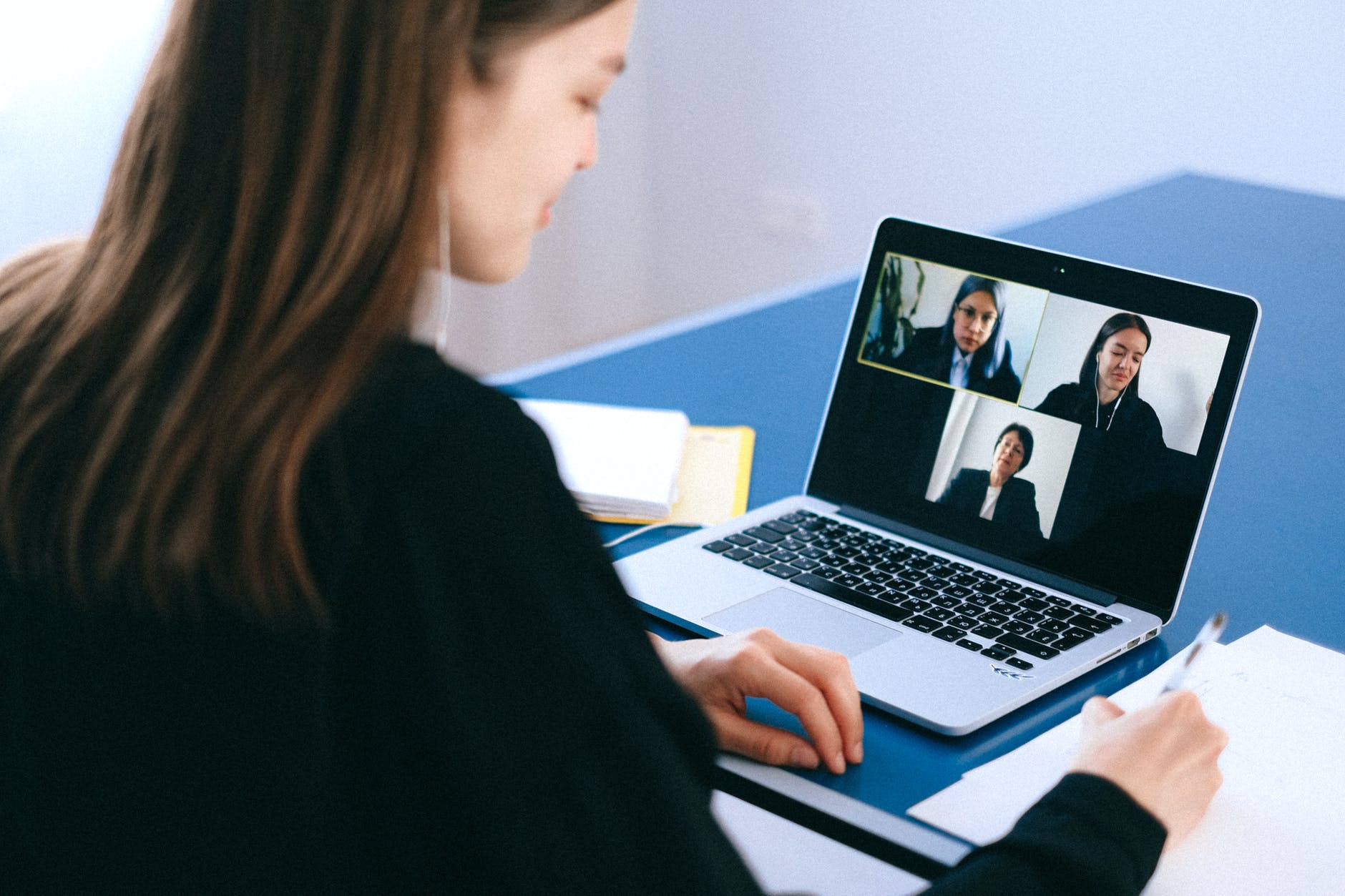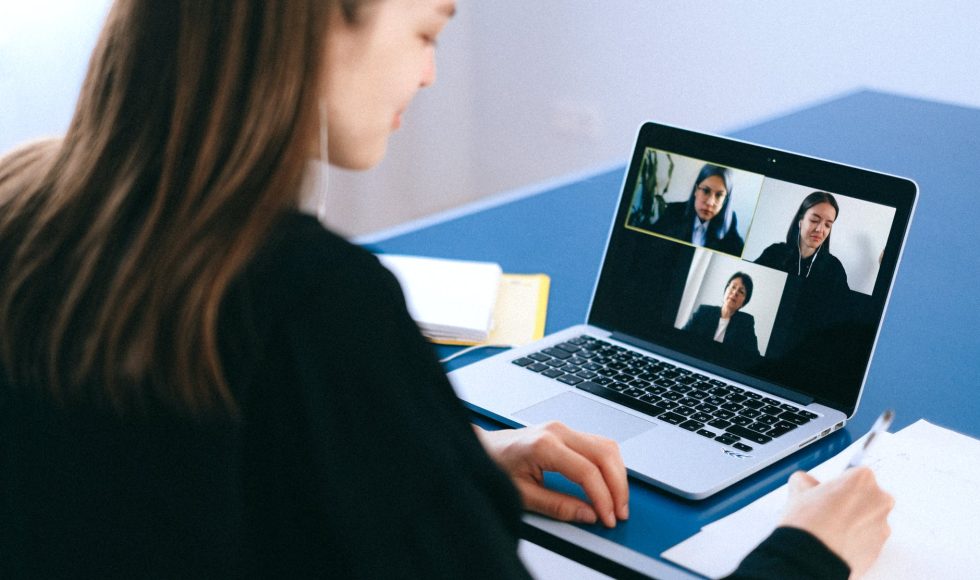Another long tough day… I did enjoy working on the Moodle site for the online course and… the discussion forums and survey responses! Tonight I watched the 2021 Lilly Conference online session entitled “Virtual Visits: Designing Online Field Trips in Environmental Science Courses” by Megan Lupek, a colleague I admire at NC State University! Lupek is the Director of the Environmental First Year Program. Lupek spoke about the challenges faced trying to re-create an in-person experience and change it to online activity. Using technology and creativity, Lupek focused on meeting the learning objectives and providing virtual field trips. The first tour described was the Rocky Branch Virtual Tour. I didn’t know it was a heavily polluted stream that was restored. This virtual tour was created before moving to emergency remote learning since it was designed for the online section of this course. The platform they used to create the tour was ArcGIS Story Maps. NC State has an institutional account. Lupek mentioned that Story Maps are ideal for place-based virtual field trips, and there are many options for layout. The disadvantages mentioned included some GIS experience is needed, and it can be time-consuming to create this type of tour. The link to the Rocky Branch tour is: go.ncsu.edu/rockybranchtour. Along with the tour, participants have a guide they follow. Students are able to read the interpretive signs, follow a map, and read additional information. During the transition to remote learning in the spring of 2020, Lupek created two additional tours. Traditionally facilities personnel give the tour and talk about storm run-off management. For these tours, Lupek used ThingLink software. The educational license is $35 a year, but it has a limit on the number of users. The Brickyard tour can be accessed at go.ncsu.edu/brickyardtour. The Thinglink tour is immersive and also includes videos. The Prairie Ridge Ecostation can be accessed at go.ncsu.edu/prairieridge, and it is another Thinglink with tour guides. Lupek concluded that she was able to meet the course learning objectives using both platforms. Free access is available to students with both platforms. There are several options for creating and embedding information, videos, 360 pictures/videos! Lupek did mention that license type does vary. I enjoyed the virtual tours Lupek shared and was amazed by how quickly she created the content and put together the tours during the transition in the spring of 2020! I can see several potential applications for Thignlink and case studies.
The next session I watched was entitled “Passive or Productive?: Maximizing Productivity in Virtual Groups” presented by Colleen Packer from Weber State University. The topic of virtual group productivity and factors that influence productivity is timely, as I just shared the first group project for the online courses I am teaching. Packer shared a story about breakout rooms and lack of communication in an interpersonal communication course! Packer said the approach she uses is ACTOR.
A is assignments. Students should know their assignments before going into a breakout room. Packer provides specific tasks for groups and confirms them before sending them to breakout rooms. C focuses on common collaborative documents. These collaborative tasks promote accountability and motivation, according to Packer. The T stands for time and having time limits. Packer gives participants a two-minute warning to finish their final thoughts. O stands for open-ended activities and tasks that need to be complex enough that require contributions from all members. R is for roles to give students a purpose when they are in groups. The example Packer shared was a three-person team with a manager, timer, and reporter; with the oldest person being the manager and facilitating discussion, the timer being the youngest person monitoring time, and the reporter chosen by the timer and tasked with writing responses in the chat.



